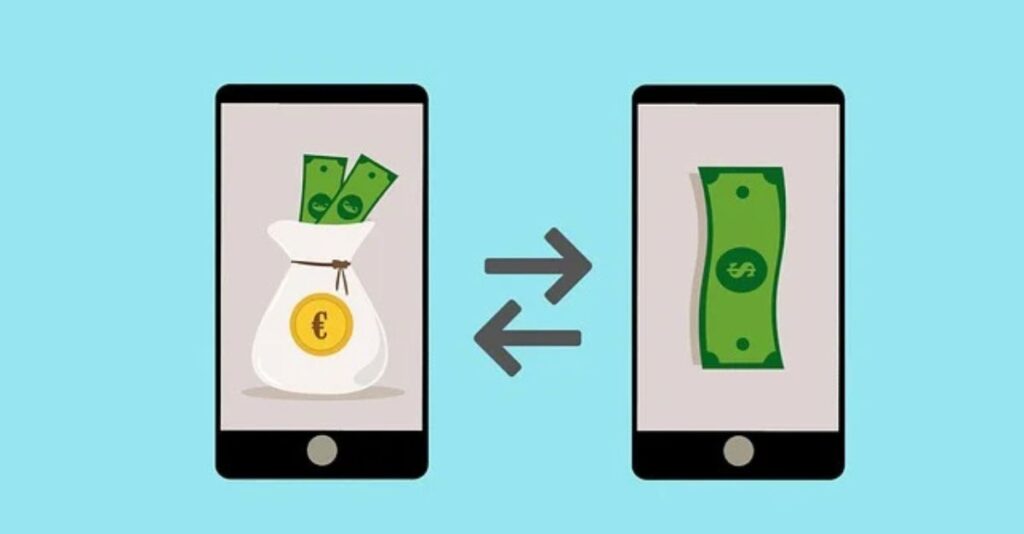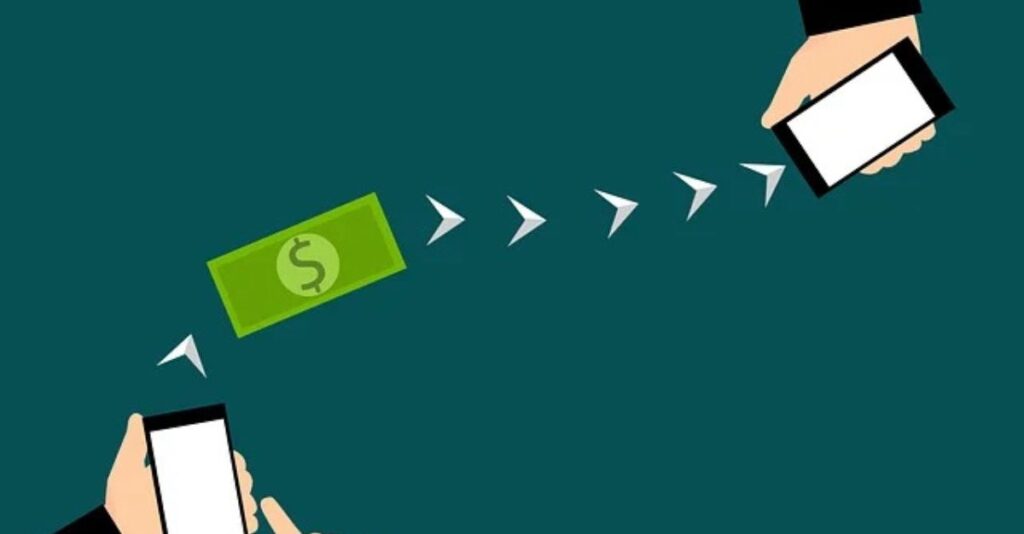💡 Introduction
3 Major Challenges Mobile Payments Help You Avoid
As digital technology continues to reshape the way we live and shop, mobile payments have emerged as a faster, safer, and smarter alternative to cash and cards. Whether you’re using Apple Pay, Google Pay, PayPal, or any digital wallet, mobile payments offer more than just convenience—they help users avoid common financial and operational challenges. In this article, we explore 3 major challenges mobile payments help you avoid, along with expert insights, current trends, and practical tips for getting the most out of your digital transactions..
3 Major Challenges Mobile Payments Help You Avoid

🚫 1. The Risk of Theft and Physical Loss
One of the biggest issues with cash and physical cards is the risk of theft, loss, or misplacement. If you lose your wallet, there’s a high chance you’ll also lose your cash or suffer identity theft due to exposed card details.
✅ How Mobile Payments Help:
- Biometric security (e.g., fingerprint, facial recognition) adds an extra layer of protection.
- Even if your phone is lost, remote lock and wipe features help protect your financial data.
- Transactions are encrypted and tokenized, preventing your actual card number from being exposed.
Expert Tip: “Enable biometric access and remote phone tracking. This gives you control even if your device is stolen.” — Mark Dalton, Cybersecurity Expert
⏱️ 2. Time Wasted at Checkouts and Bill Payments
Traditional payment methods—like cash, cheques, or even entering card numbers—can be slow and inefficient. Whether you’re waiting in long lines or manually paying recurring bills, valuable time is lost.
✅ How Mobile Payments Help:
- One-tap payments reduce checkout times.
- You can automate recurring bills (e.g., utilities, subscriptions) through mobile wallets.
- Instant peer-to-peer transfers eliminate trips to ATMs or banks.
User Insight: “I set up all my monthly payments through my mobile wallet. I haven’t missed a due date in over a year!” — Sarah K., Small Business Owner
💳 3. Hidden Fees and Payment Processing Delays
Many traditional banking systems involve hidden fees, transaction delays, or international processing charges that reduce transparency and add frustration for users and businesses.
✅ How Mobile Payments Help:
- Most mobile payment apps offer transparent fee structures.
- Real-time transactions ensure instant payment confirmation.
- International mobile payments are often cheaper and faster than wire transfers.
Trend Insight: With the rise of decentralized fintech platforms and crypto-integrated wallets, users now expect zero hidden charges and real-time settlements.
🚀 Key Benefits at a Glance
Mobile payments are transforming how we handle money. Here’s a quick snapshot of the top advantages that make them a must-have in today’s digital world:

| 🏷️ Benefit | ✅ What It Means |
| 🔐 Enhanced Security | Encrypted, tokenized, and secured with biometrics—far safer than physical cards. |
| ⏱️ Faster Transactions | One-tap checkouts save time at stores, restaurants, and even online platforms. |
| 💳 Wallet-Free Convenience | Say goodbye to bulky wallets—pay with your smartphone anytime, anywhere. |
| 📲 Easy Bill Management | Automate recurring payments and avoid late fees with smart reminders. |
| 📊 Real-Time Tracking | Instant notifications and digital receipts make budgeting easier. |
| 🌍 Global Accessibility | Works across borders and supports underbanked users with limited banking access. |
| 🛡️ Hygienic & Contactless | Safer than handling cash or touching keypads—ideal in post-pandemic environments. |
| 📶 Seamless Online Payments | Easily pay for apps, streaming, shopping, and more with just a few taps. |
📈 Current Trends in Mobile Payments (2025)
The mobile payments landscape in 2025 is rapidly evolving, driven by technological advancements and changing consumer behaviors. Here are the key trends shaping the industry:
1. AI-Powered Fraud Detection and Personalization
Artificial Intelligence (AI) is enhancing fraud prevention by analyzing transaction patterns in real-time, enabling quicker detection of anomalies. Additionally, AI is being utilized to personalize user experiences, offering tailored recommendations and services based on individual spending habits. Mastercard
2. Expansion of QR Code Payments
QR code payments are gaining traction globally, especially in Asia. Initiatives like the ASEAN Integrated QR Code Payment System are promoting interoperability across countries, allowing seamless cross-border transactions.
3. Growth of Buy Now, Pay Later (BNPL) Services
BNPL options are expanding beyond retail into sectors like healthcare, travel, and utilities, providing consumers with flexible payment solutions. This trend is particularly appealing to younger demographics seeking alternative financing methods.
4. Integration of Digital Currencies
Central Bank Digital Currencies (CBDCs), such as India’s Digital Rupee, are being integrated into existing payment infrastructures, offering users more options for digital transactions. These integrations aim to enhance financial inclusion and streamline payment processes.
5. Rise of Super Apps
Platforms like Elon Musk’s X (formerly Twitter) are evolving into super apps, combining social media, messaging, and payment services into a single interface. This convergence offers users a seamless experience, consolidating multiple services under one umbrella.
🎯 Expert Suggestions
As mobile payments become more widespread, industry experts emphasize smart habits and security best practices to help users fully benefit from the technology. Whether you’re a first-time user or a seasoned digital spender, here are expert-backed suggestions for safer and more efficient mobile transactions:

🔐 1. Activate All Security Features
“Multi-layered security is essential—use PINs, biometrics, and two-factor authentication for every transaction.”
— Dr. Alina Foster, Digital Security Specialist
Action Tip: Enable fingerprint or facial recognition and set up 2FA (two-factor authentication) on your device and payment apps.
🧾 2. Monitor Your Spending in Real-Time
“Mobile wallets often come with built-in budgeting tools. Use them to track spending habits and prevent overspending.”
— James Crawford, FinTech Analyst
Action Tip: Check your transaction history weekly and use alerts for large or suspicious payments.
📱 3. Only Use Trusted Apps
“Avoid third-party apps outside of official app stores. They may contain malware that can access your financial data.”
— Sophia Lin, Mobile App Security Consultant
Action Tip: Download payment apps only from Apple’s App Store or Google Play, and check user reviews before installation.
🌐 4. Avoid Public Wi-Fi During Transactions
“Public networks are insecure. Use mobile data or a VPN for safer payments, especially while traveling.”
— Tom Reiner, Cybersecurity Auditor
Action Tip: Disable automatic Wi-Fi connections when using mobile banking or wallet apps in public spaces.
🔄 5. Keep Software Up to Date
“Updates aren’t just for new features—they patch security vulnerabilities hackers exploit.”
— Maya Verma, Tech Safety Advocate
Action Tip: Enable auto-updates for your smartphone and mobile wallet apps to receive the latest protections.
🧠 6. Educate Family Members About Digital Wallet Use
“Many scams target elderly or young users who are unaware of how digital payments work.”
— Rachel Moreno, Digital Financial Educator
Action Tip: Teach family members, especially seniors and teens, how to use mobile payments securely and recognize scams.
💳 7. Link Credit Cards for Better Protection
“Credit cards offer more fraud protection than debit cards when linked to digital wallets.”
— Ethan Zhao, Financial Strategist
Action Tip: When possible, link a credit card instead of a debit card for enhanced chargeback and fraud protections.
By following these expert suggestions, users can maximize the convenience of mobile payments while minimizing risks. Stay informed, stay secure, and enjoy the freedom that comes with going cashless.
✅ Conclusion
Mobile payments are more than a modern convenience—they’re a practical solution to long-standing financial challenges. From safeguarding against theft to eliminating payment delays and hidden fees, mobile wallets empower users with greater control, security, and speed. As digital transactions become the norm, embracing mobile payments can enhance your financial efficiency and peace of mind.
📚 References
- Statista – Mobile Payment Usage Statistics 2025
- Deloitte – Future of Digital Payments Report
- Forbes – How Mobile Payments Enhance Security
- Mastercard – Top Trends in FinTech 2025
- Pew Research – Digital Wallet Adoption in the U.S.
🙋♂️ FAQs
Q1: Are mobile payments really safer than cards or cash?
Yes. Mobile payments use encryption, tokenization, and biometrics, making them much harder to hack or steal compared to cash or plastic cards.
Q2: Do mobile payments work offline?
Some apps allow limited offline payments via NFC, but most require at least occasional internet connectivity for updates and syncing.
Q3: What’s the best app for mobile payments?
It depends on your needs. Google Pay and Apple Pay are great for general use. PayPal and Venmo are better for P2P transfers. Check local options too.
Q4: Are there any fees involved in using mobile wallets?
Most everyday uses are free. However, some apps may charge fees for premium services, instant transfers, or using credit cards as funding sources.
Q5: Can businesses easily adopt mobile payments?
Absolutely. Tools like Square, Stripe, and PayPal make it simple to accept mobile payments via phone or tablet.

